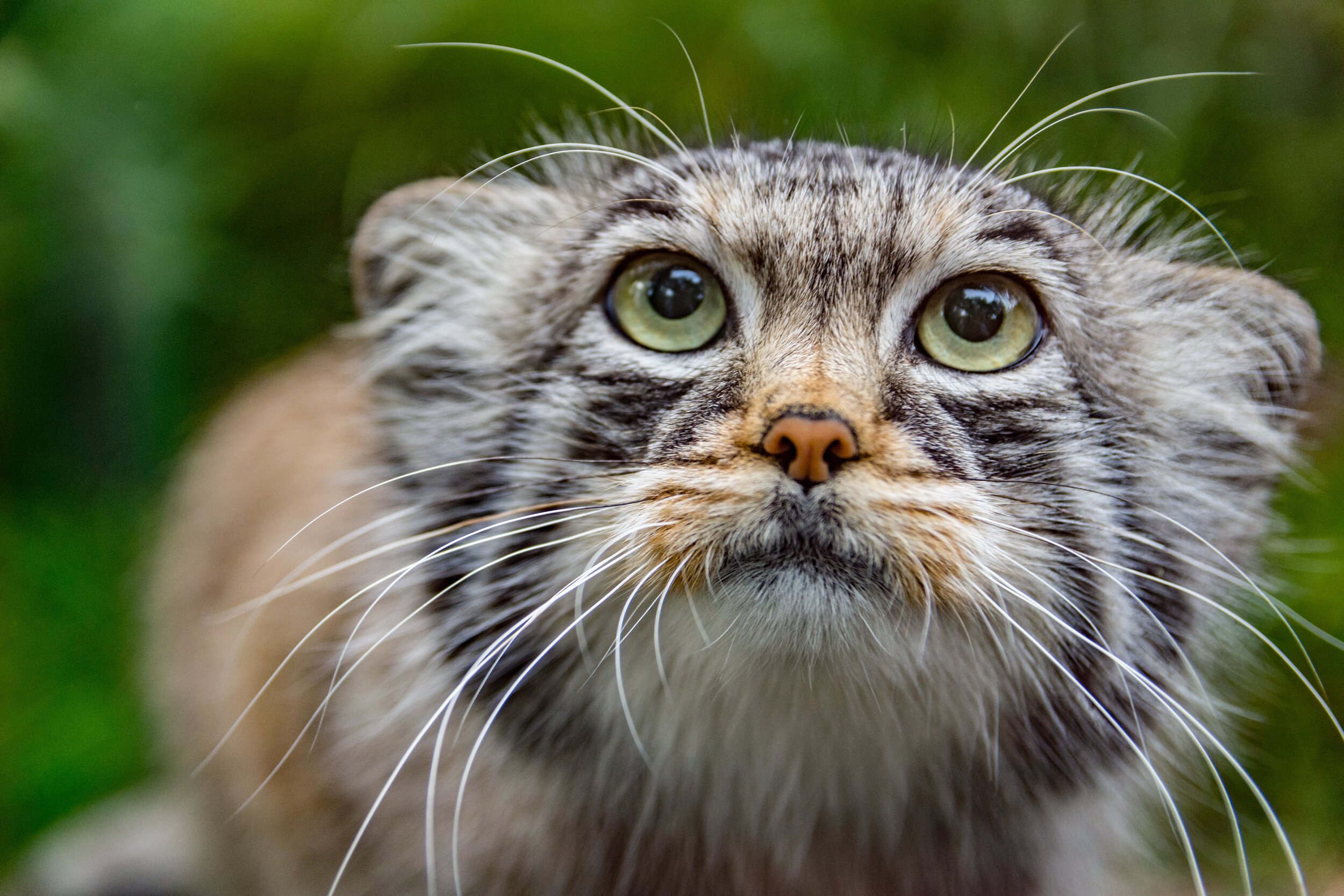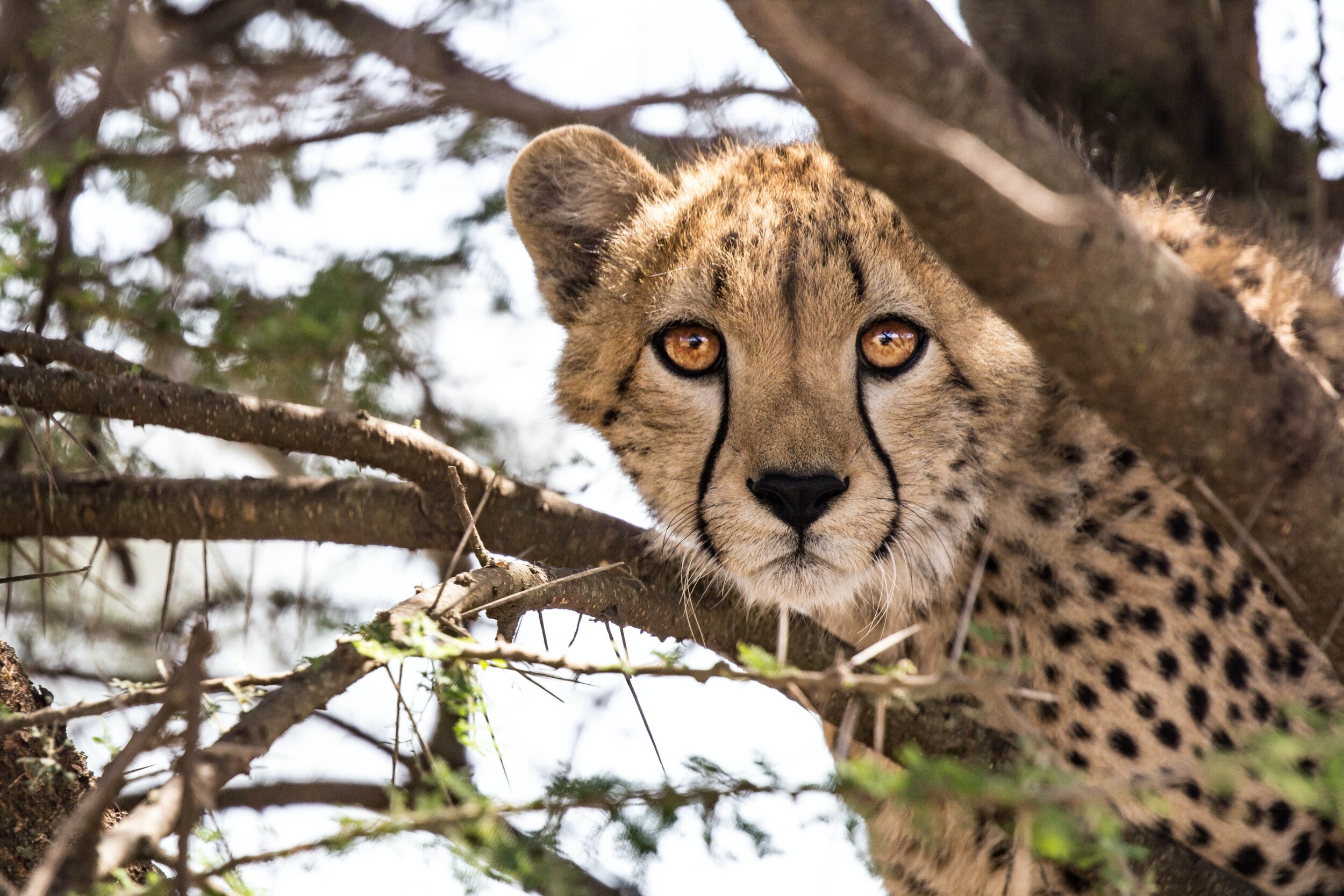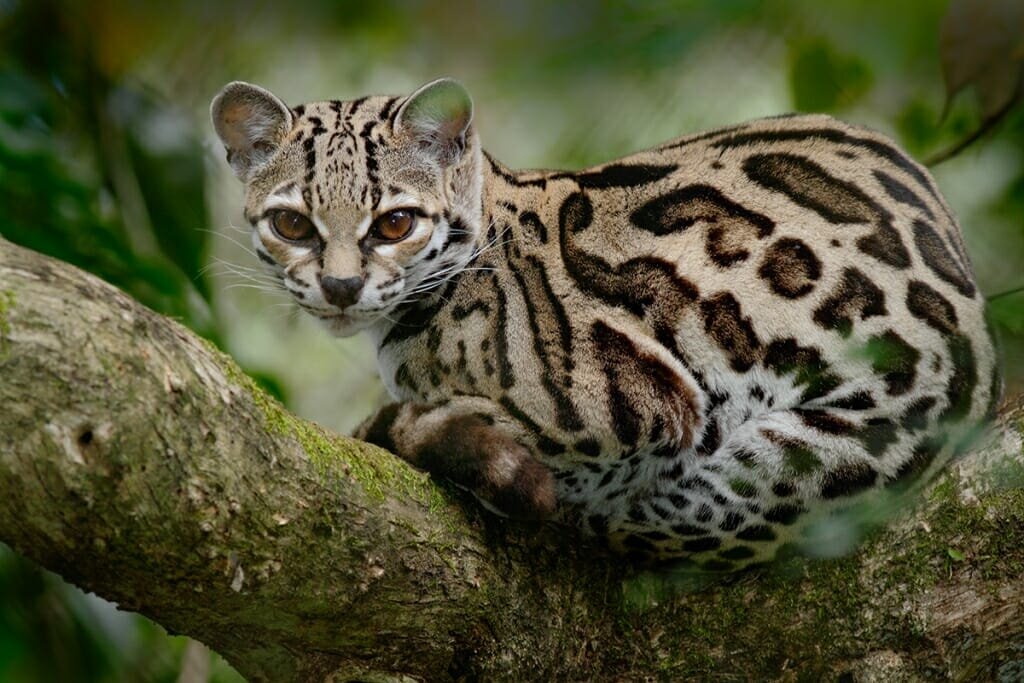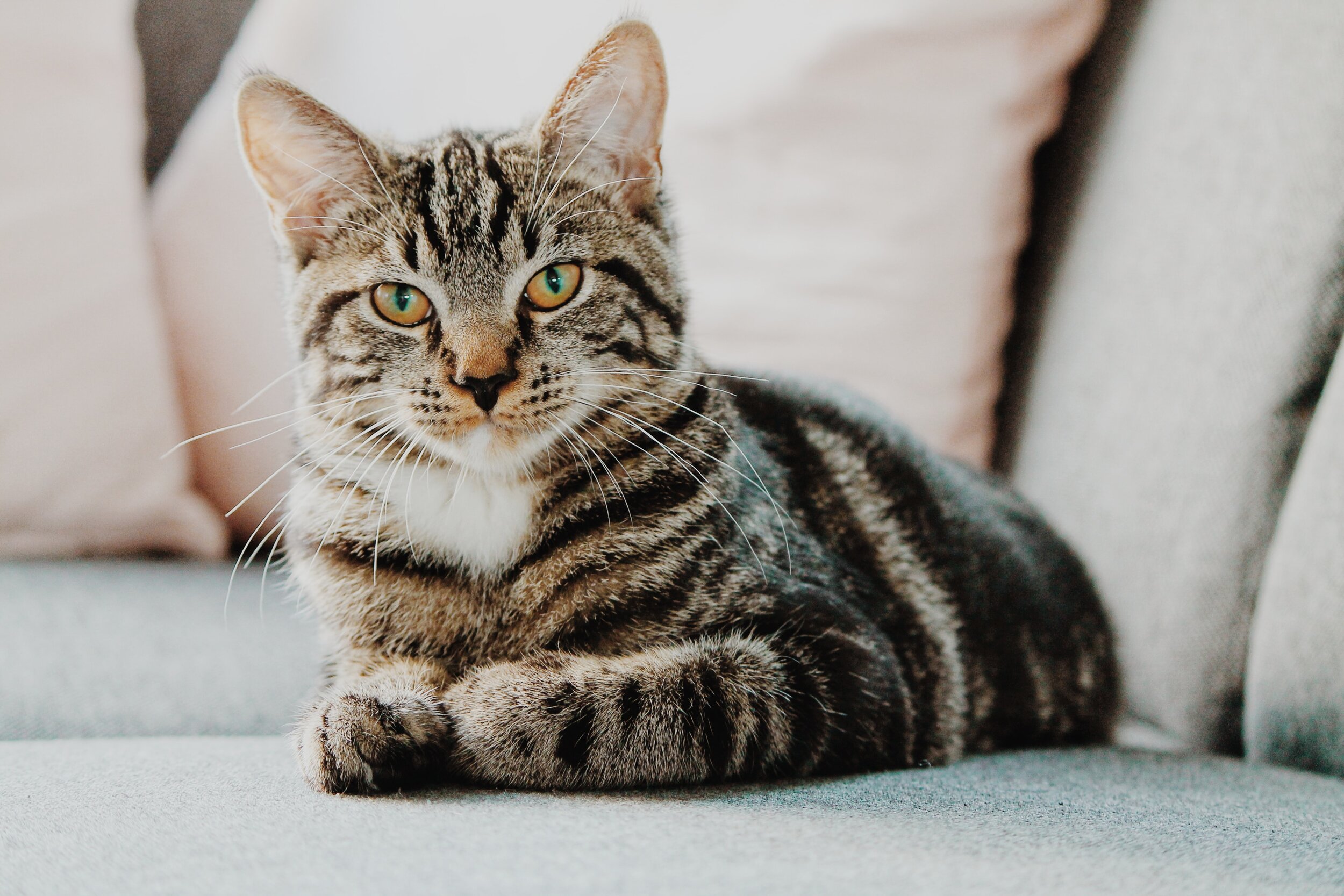Cool Cats
Cats and humans go back a long way. Art and artifacts from ancient Egypt, dating as far back as 4,000 years ago, show that humans not only kept cats but revered them as sacred, even mummifying them like deceased humans. And 10,000 years ago in Cyprus, a wild cat and a human were buried together, suggesting that humans had some kind of affection for the species.
But in between those two points—the first hint of some affinity between humans and wild cats, and the start of cats being kept and fed much like we do today—there's a big blank space. Throughout history, it has been noted that cultures around the world adopt cats as their own companions. So what traits have changed from wild cats to domesticated cats? Let’s be a zoologist by using our scientific research skills to explore the different characteristics of wild and domesticated cats.
Tools:
Writing utensil and paper
Yellow and Pink/Red marker or highlighters
Animals: Facts, Pictures, and Videos from National Geographic Kids
Domestic Cat Facts from National Geographic
40 Wild Cat Species Facts from International Society for Endangered Cats Canada
Fact Sheet (optional download)
Steps:
Open Animals from National Geographic Kids (in tools section above). This site provides a lot of information about a variety of wildlife and habitats (photographs, videos, audio clips, and maps). If you want to explore the uncommon wild cats, open the Felid Taxonomy.
Scan through the database of mammals and select 1-2 different wild cats you want to investigate.
Read through each of the selected cat’s pages and take notes, be sure to note its scientific name, habitat and range, life span, diet, and unique body features such as ears, paw size, number of teeth, fur color and pattern, etc. These specific notes will help you determine the similarities and differences later in this activity.
Like a zoologist, let’s compare and contrast your two cat charts with respect to the following characteristics: number of teeth, length and weight of the cats, geographic locations, specific markings on the cat (stripes, spots?) and does every cat purr or roar? Highlight the similarities with yellow marker and differences with pink or red marker.
Once you have completed your comparison of both wild cats, let’s take this one step further, and investigate the differences between your wild cats and domesticated cats. Use the Domestic Cat Facts (in tools section above) and fill out the cat comparison chart.
Upon the third chart completion, again highlight the differences and similarities. Can you now clearly articulate what makes a domestic cat different from a wild cat? Fun fact: Did you know that domesticated animals, including dogs and rabbits, may have a developmental change that makes them both tame and cute. According to Adam Wilkins, an evolutionary biologist at Humboldt University in Berlin, researchers going back to Darwin have noticed that domesticated animals are not only friendlier and less fearful, but have distinctive features: smaller jaws and rounder faces, smaller teeth, floppy ears, and pigmentation changes, with either white or brown patches on the fur coats.
To Do or Learn More:
A Cat’s Tongue!, KQED Science explores the prickly characteristics of a cat’s tongue.
Can you read your cat’s facial expressions? Use this AAAS’ Science article and take their quiz to see if you are an expert cat reader.
Did you know there are only 40 species of wild cats? Three quarters of them are small wild cats weighing less than 50 lbs (22.7 kg). The Wildlife Diaries blog shows stunning photos and fun facts about each of these species.
Investigate with the Wildlife Center of Virginia’s Impacts of Free-roaming Cats on the Environment and watch to understand why it is important to have an indoor cat.
Learn from 7th-grader's scientific research about the impacts of litter on bacteria found in your house.
Quarantine the cat? Disinfect the dog? AAAS’ latest advice about the coronavirus and your pets.
The AAAS Science NetLinks’ podcast, Cat's Meow, dives into the history of cats and how they use meowing and purring to communicate.



